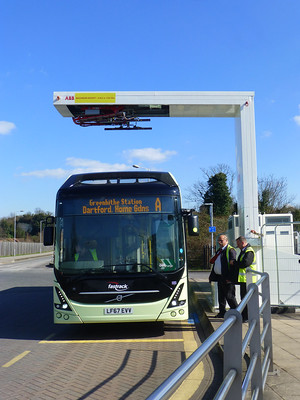As electric vehicles (EVs) surge in popularity, the question of how to effectively charge these vehicles becomes increasingly relevant. With concerns over climate change and the push for sustainable transportation, EV charging infrastructure plays a pivotal role in the transition towards a greener future. Understanding the types of charging options available and their implications is essential for both current and prospective EV owners.
Types of EV Charging
Electric vehicle charging can generally be categorized into three levels: Level 1, Level 2, and Level 3 (also known as DC Fast Charging).
Level 1 Charging: This is the most basic form of charging, utilizing a standard 120-volt outlet, similar to those used for household appliances. Level 1 charging is convenient for home use and requires no special installation. However, it is the slowest method, providing around 4-5 miles of range per hour, making it suitable for overnight charging or when the vehicle will be parked for extended periods.
Level 2 Charging: This option operates at 240 volts, offering a much faster charging speed—typically adding 10-60 miles of range per hour. Level 2 chargers can be installed at home or found in public charging stations, such as shopping centers, workplaces, and parking garages. This level strikes a balance between charging speed and convenience, making it ideal for daily use.
DC Fast Charging: For those in a hurry, DC Fast Charging is the way to go. These chargers provide rapid charging capabilities, delivering up to 80% battery in approximately 30 minutes. However, they are generally found in public locations like highway rest stops and urban centers, as they require specialized equipment and a higher power supply. While DC Fast Charging is excellent for road trips and quick stops, frequent use may impact battery health over time.
The Growing Charging Infrastructure
The expansion of charging infrastructure is vital to supporting the increasing number of electric vehicles on the road. As of 2023, the number of public charging stations has grown significantly, with government initiatives and private investments driving the rollout. Many countries are implementing plans to install thousands of new charging points, especially in urban areas and along major highways.
Innovative solutions like charging networks are also emerging. Companies are forming partnerships to create seamless charging experiences for users, such as mobile apps that show real-time availability of charging stations, pricing, and even reservation capabilities.
Home Charging Solutions
The installation of a home charger may require an upfront investment but is often offset by lower electricity costs compared to gasoline and the potential for incentives or rebates offered by local governments.
The growth
Electric vehicle charging is a critical component of the shift towards sustainable transportation. With various charging options available, from slow home chargers to rapid public charging stations, EV owners can choose solutions that best fit their lifestyle. As charging infrastructure continues to grow and improve, the transition to electric vehicles will not only become more accessible but also more efficient, paving the way for a cleaner and more sustainable future. The road ahead is electric, and understanding how to charge is key to making that journey successful.
